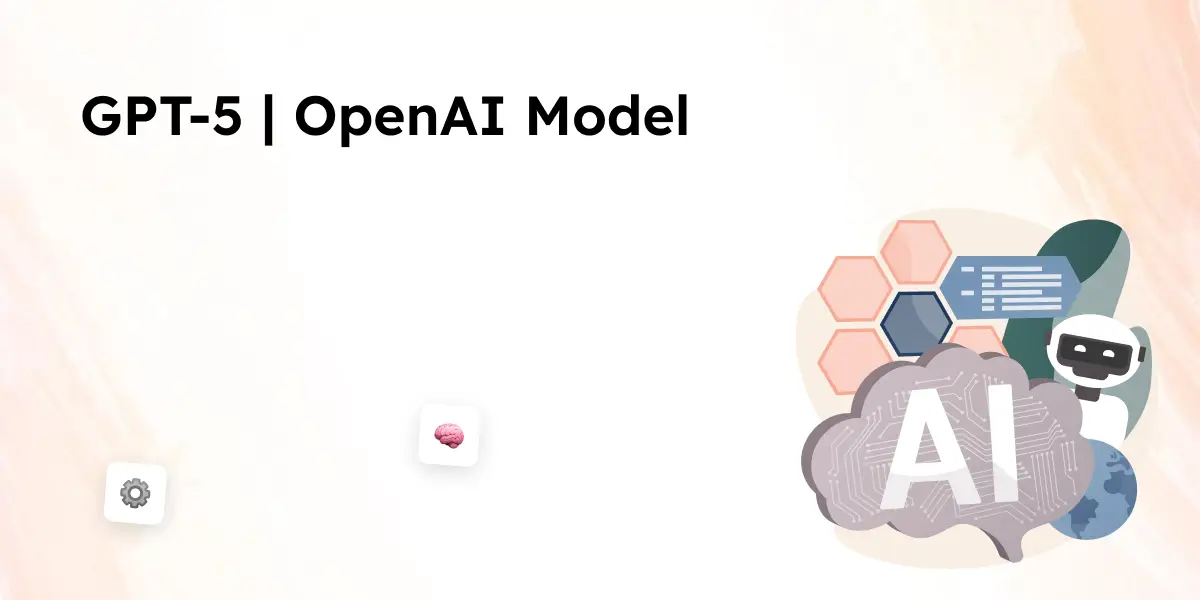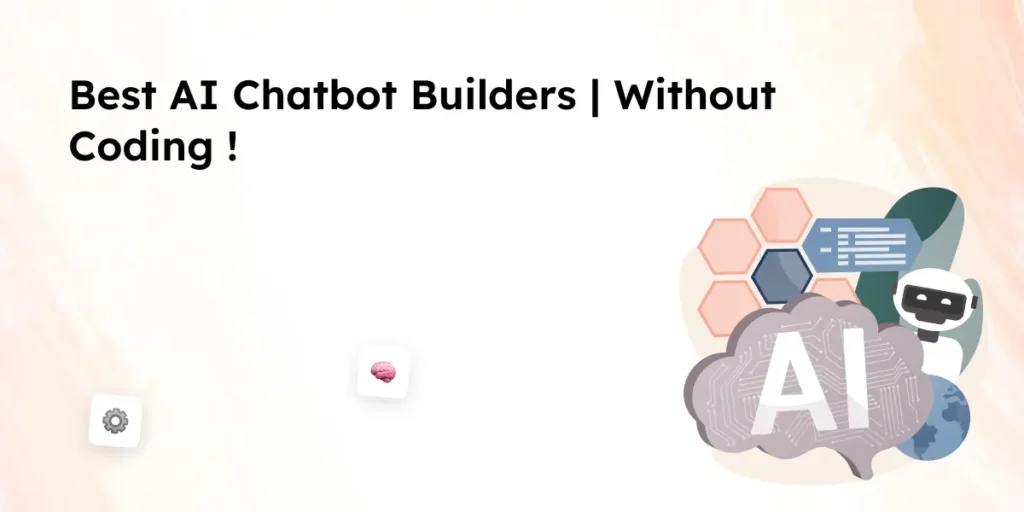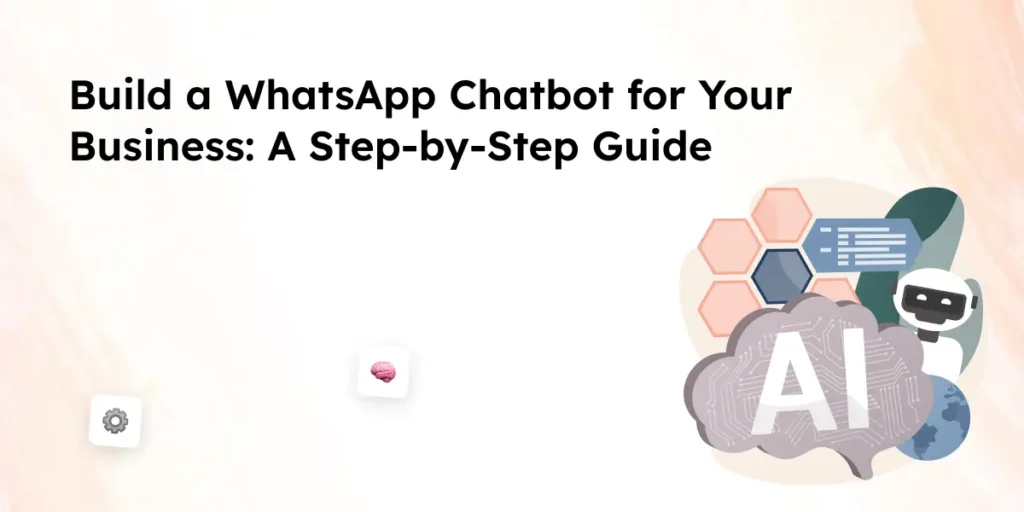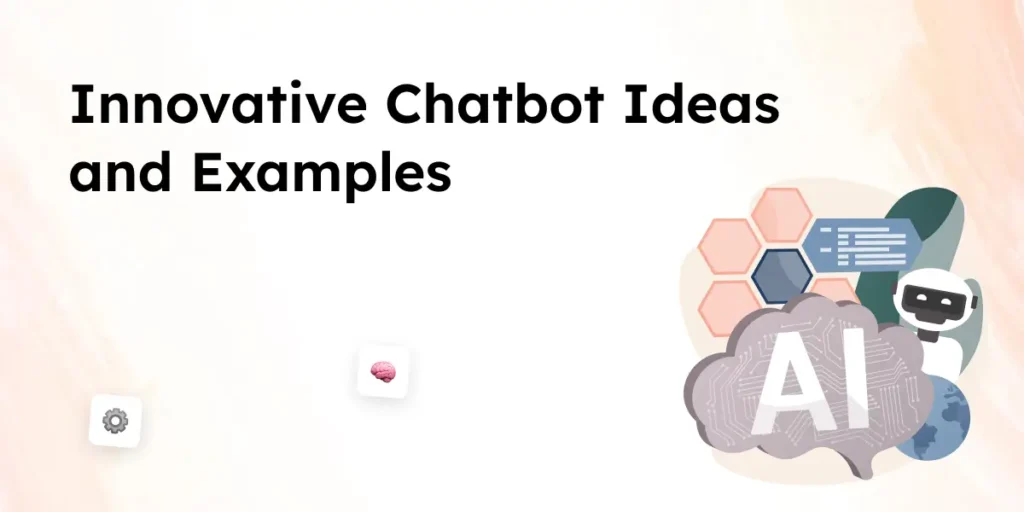openAI is preparing to launch GPT-5, the next step in its AI roadmap. This new model is expected to improve on GPT-4.5 and bring better language understanding, reasoning models, and enhanced capabilities. openAI CEO Sam Altman dropped hints about the updates, stating that openAI wants to do a better job of sharing its intended roadmap.
With the introduction of GPT-5, openAI plans to simplify its AI system, making it generally useful for a very wide range of users. The previous model, GPT-4.5, is expected to be openAI’s last non-chain-of-thought model before transitioning to more advanced reasoning models. The company has acknowledged that users hate the model picker as much as openAI does, so they are working toward a magic unified intelligence approach.
GPT-4.5 Vs GPT-5 Comparison
| Feature | GPT-4.5 (Orion) | GPT-5 |
| Model Name | GPT-4.5 (Called Orion) | GPT-5 |
| Development Stage | Bridge between GPT-4 and GPT-5 | Next-generation model |
| Reasoning Capability | Non-chain-of-thought model | Advanced reasoning models with deep research |
| Memory & Context Handling | Standard memory and context capabilities | Improved contextual understanding and enhanced memory |
| AI System Type | Non-chain-of-thought AI system | AI system focused on intelligence levels |
| User Access | Limited to Pro and Plus users | Free tier of ChatGPT will get unlimited chat access |
| Subscription Benefits | Plus subscribers get enhanced capabilities | Pro users can run GPT-5 at a higher level |
| Integration with API | Supported with standard integration | Full API support for various applications |
| Computational Power | Moderate computational power | Higher computational requirements |
| Use Cases | General AI tasks like language understanding | More complex tasks like artificial general intelligence |
Why GPT-5 is Important in 2025
In 2025, AI is expected to play a bigger role in automating workflows, assisting with content generation, and improving customer interactions. GPT-5 would bring artificial general intelligence one step closer, making it useful for a very wide range of tasks. openAI wants AI to just work without requiring users to manually choose different models like GPT-4o or Sonnet.
With openAI’s roadmap update for GPT-4.5, the company is aiming to simplify its product offerings. They realize how complicated their model and product lineup has become, and they want to return to magic unified intelligence. openAI plans to ship GPT-4.5 as a transition before GPT-5, ensuring that users experience a smoother AI system without needing to deal with multiple model picker options.
Key AI Features in GPT-5
openAI’s roadmap suggests that gpt-5 will focus on improving intelligence levels, making it easier for users to interact with ai without having to think about model choices. The model is being used to simplify chatgpt and our api so that different models are no longer necessary.
Some of the most significant changes expected in gpt-5:
- Non-chain-of-thought models like gpt-4.5 will be phased out, making way for more advanced chain-of-thought reasoning.
- chatgpt will get unlimited chat access to gpt-5 at the standard intelligence setting, improving free access for users.
- plus subscribers will be able to run gpt-5 at a higher level, allowing for more complex tasks like deep research and artificial general intelligence development.
- openAI ceo sam altman mentioned that future models like gpt-5 would integrate enhanced capabilities that reduce the need for different models.
The launch of gpt-5 represents a move towards ai that is more adaptive, capable of reasoning, and able to handle advanced tasks without requiring complex settings or configurations. openAI wants to do a better job of sharing its intended roadmap, ensuring that users understand how gpt-5 will change ai interactions. GPT-5’s ability to understand multiple languages enhances chatbot performance. See how multilingual chatbots work with AI.
How GPT-5 Powers AI Chatbots
GPT-5 has significantly transformed AI chatbots, enhancing their natural language understanding (NLU), contextual awareness, and response accuracy. Unlike previous models, GPT-5 can generate more human-like conversations, adapt to user intent, and improve chatbot engagement and personalization.
- Advanced AI Chatbot Software: Many top AI chatbot software solutions are now integrating GPT-5 to improve automation and response quality. Explore the best AI chatbot software here.
- Enhanced Chatbot Training: GPT-5’s ability to process vast amounts of data allows developers to train AI chatbots more efficiently. Learn more about how to train AI chatbots with GPT-5.
- Improved NLP Chatbots: With its enhanced NLP capabilities, GPT-5 is redefining chatbot interactions by making responses more context-aware and coherent. Check out this step-by-step guide on NLP chatbot development.
Using GPT-5: What to Expect for Developers & Businesses
The launch of gpt-5 is set to change how businesses and developers interact with ai. openAI wants ai to just work, meaning fewer model selections and a more seamless experience. The new model will introduce improvements to chatgpt and our api, making ai more powerful and accessible.
GPT-5 API Updates & Integration
For developers, gpt-5 will bring major updates to the api. openAI’s roadmap update for gpt-4.5 showed a focus on better job simplifying our product, and this trend continues with gpt-5. The goal is to make gpt models easier to use, removing the complexity of choosing between different intelligence levels.
Key changes in the api integration:
- More advanced ai system for better language understanding
- Improved efficiency and cost-effectiveness for ai-driven applications
- Easier deployment for businesses without needing multiple different models
By streamlining access to ai, openAI realizes how complicated our model and product offerings have been, and gpt-5 aims to fix this by simplifying integrations.
Business Applications of ChatGPT-5
Businesses will benefit significantly from chat gpt-5, as openAI plans to make it more useful for a very wide range of applications. With improvements in ai reasoning models, companies can expect:
- Automation in customer service, reducing reliance on human support teams
- More effective ai-generated content with deeper research capabilities
- Better personalization in marketing and sales ai tools
For companies that have struggled with the model picker as much as possible, gpt-5 would remove the need for manual model selection and allow ai to just work in a more unified way.
Building Advanced AI Chatbots with GPT-5
Developers and businesses are increasingly leveraging GPT-5 to build sophisticated AI chatbots. Whether for customer support, virtual assistants, or knowledge-based interactions, GPT-5 provides unmatched language capabilities.
- Strategic Chatbot Development: Implementing GPT-5 in chatbot strategies requires understanding AI capabilities and best practices. Check out this chatbot development guide.
- AI Model Selection & Implementation: Choosing the right AI model is crucial for seamless chatbot deployment. Learn about chatbot implementation strategies.
ChatGPT-5 for Consumers
The new free tier of chatgpt will get unlimited chat access to gpt-5 at the standard intelligence setting. This means everyday users will experience:
- More human-like ai conversations
- Advanced voice capabilities integrated with chatgpt
- A smoother experience without needing to understand different models like o-series
Plus subscribers will be able to run gpt-5 at a higher level, gaining deeper ai insights and more powerful responses based on user needs. The goal is to return to magic unified intelligence, where ai handles everything seamlessly without extra input from the user.
openAI ceo sam altman announced that gpt-5 would be optimized to eliminate the need for users to manually switch between different intelligence levels. The company wants to do a better job of sharing its intended roadmap, ensuring businesses and consumers understand how gpt-5 will shape the future of ai.
Challenges & Ethical Concerns with GPT-5
While gpt-5 brings significant advancements in ai, there are also challenges and ethical concerns that openAI must address. As the ai system becomes more powerful, issues related to misinformation, bias, and responsible usage become even more critical.
AI Bias & Ethical Use
openAI realizes how complicated our model and product offerings have become, but simplifying them doesn’t automatically solve ethical concerns. With gpt-5 at a higher level of intelligence, there is a risk of:
- Subject to abuse by users generating misleading or harmful content
- AI responses based on biased or inaccurate data sources
- Potential for deep research to be misused for unethical purposes
To address these risks, openAI has been working on improving moderation and ethical guidelines. However, as gpt-5 would be able to generate more sophisticated content, it becomes even more important to have safeguards in place.
The Debate on AI Regulation
sam altman dropped hints that openAI wants ai to just work without unnecessary complexity, but this raises concerns about regulation. Governments and organizations are debating:
- Whether gpt models should be regulated to prevent misuse
- If openAI should allow unrestricted free access to gpt-5
- How to balance ai advancements with ethical responsibilities
As artificial general intelligence becomes a long-term goal, openAI ceo sam altman has acknowledged that proper oversight is necessary. The company wants to do a better job of sharing its intended roadmap to ensure that regulatory discussions keep up with ai advancements.
Computational Costs & Scalability
gpt-5 is expected to require higher computational resources than previous models like gpt-4 and gpt-4.5. openAI’s roadmap suggests that running gpt-5 at a higher level will need more powerful infrastructure, which could impact:
- Cost for businesses integrating chatgpt and our api
- Availability of advanced intelligence levels in the free tier of chatgpt
- Environmental concerns related to energy consumption
Despite these challenges, openAI believes that gpt-5 would make ai more generally be useful and simplify interactions for users. The company is working on improving efficiency to ensure that the next-generation model remains scalable and accessible.
The Future of AI Beyond GPT-5
The release of gpt-5 is a major step forward, but openAI is already planning for what comes next. With continuous advancements in ai, the focus is shifting toward making language models more efficient, intelligent, and accessible.
What Comes After GPT-5?
While gpt-5 at a higher level will introduce improved reasoning models, openAI’s long-term goal is to develop ai systems that can understand and generate more human-like responses. Some of the key areas of focus include:
- Advancing artificial general intelligence beyond gpt-5
- Eliminating the need for multiple different models by creating a magic unified intelligence system
- Improving ai’s ability to handle deep research and complex problem-solving
sam altman announced that openAI will no longer ship o3 as a standalone model. Instead, the company is working on integrating ai capabilities into a single, more powerful system. This means models like gpt-4o and o-series may eventually be replaced by a more advanced framework.
How AI Will Continue to Evolve
openAI’s roadmap suggests that future ai models will focus on:
- Increasing efficiency while reducing computational costs
- Making ai generally be useful across industries without needing specialized configurations
- Expanding access so more users can benefit from advanced ai capabilities
As chatgpt and our api become more intelligent, users can expect fewer limitations and a more seamless experience. openAI ceo sam altman emphasized that the company wants to do a better job of sharing its intended roadmap so that businesses and consumers understand where ai is heading.
The next few years will determine whether ai can move beyond traditional language models into a more sophisticated, intuitive system that no longer requires human intervention for fine-tuning or model selection. While gpt-5 would be a significant milestone, the real transformation is yet to come.
Conclusion
gpt-5 is a major step forward for ai, improving reasoning models, contextual understanding, and user experience. openAI wants ai to just work, removing the need for complex model choices.
Key updates from openAI’s roadmap include free chatgpt users getting unlimited chat access to gpt-5 at the standard intelligence setting, while plus subscribers can run gpt-5 at a higher level for enhanced capabilities. sam altman announced that future models will focus on simplifying ai and making it generally be useful. gpt-5 would also push ai closer to artificial general intelligence.
Despite challenges like ethical concerns, computational costs, and regulation, openAI is working to ensure gpt-5 remains practical for businesses and developers. The next ship gpt-4.5 will serve as a transition before full adoption of gpt-5, which is designed to create a magic unified intelligence system for seamless interactions.
FAQ Section
1. When will GPT-5 be released?
openAI has not confirmed an exact release date, but gpt-5 is expected to launch sometime in 2025, following the rollout of gpt-4.5.
2. How is GPT-5 different from GPT-4 and GPT-4.5?
GPT-5 will feature improved reasoning models, better contextual memory, and more advanced ai capabilities. Unlike gpt-4.5, which serves as a transitional model, gpt-5 aims to eliminate the need for selecting different models like o-series or gpt-4o.
3. Will GPT-5 be available for free?
Yes, free-tier chatgpt users will get unlimited chat access to gpt-5 at the standard intelligence setting. However, plus subscribers will be able to run gpt-5 at a higher level with enhanced capabilities.
4. What improvements can developers expect in the GPT-5 API?
GPT-5 will bring better language understanding, deeper research capabilities, and a more seamless integration process. openAI’s roadmap suggests that the api will be optimized to reduce complexity while improving performance.
5. Is GPT-5 a step closer to artificial general intelligence?
While gpt-5 would be an important milestone, artificial general intelligence is still a long-term goal. The model will, however, include more advanced reasoning models, moving closer to human-like problem-solving abilities.



